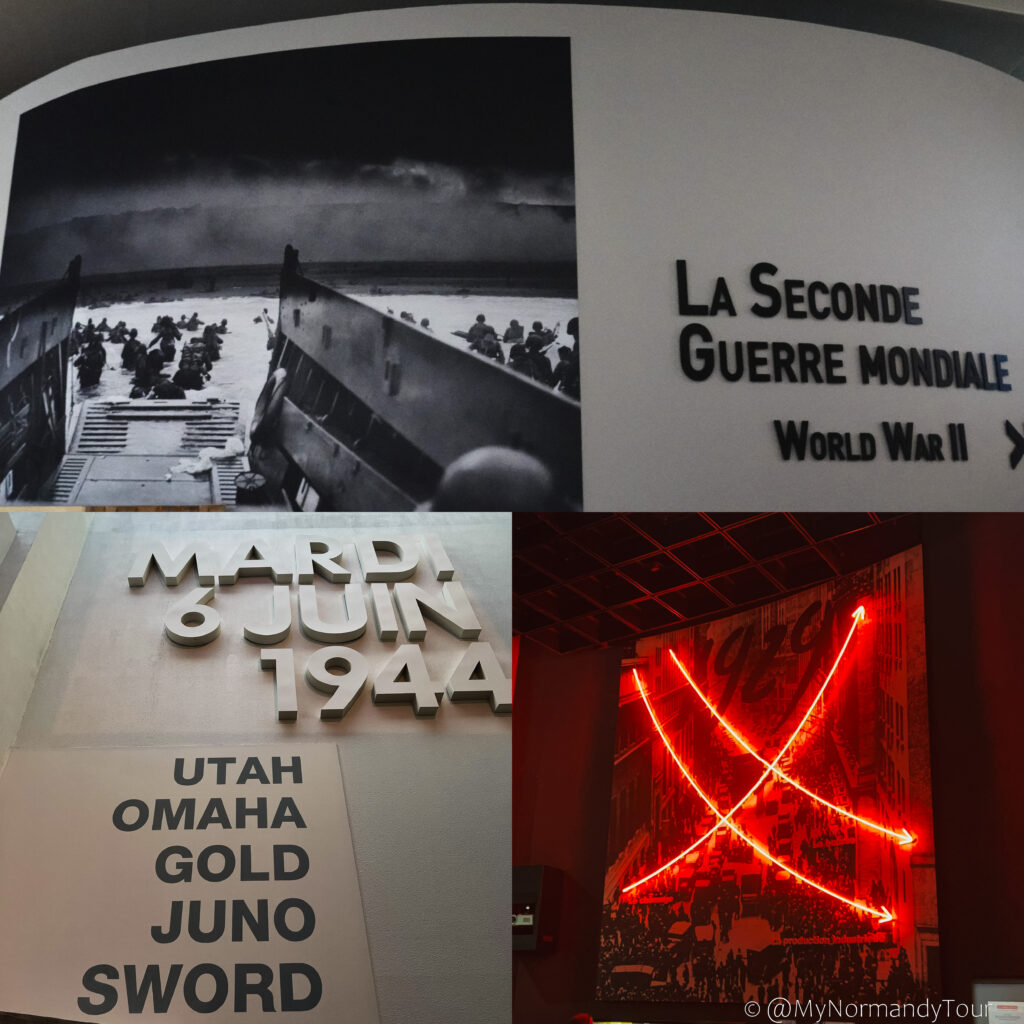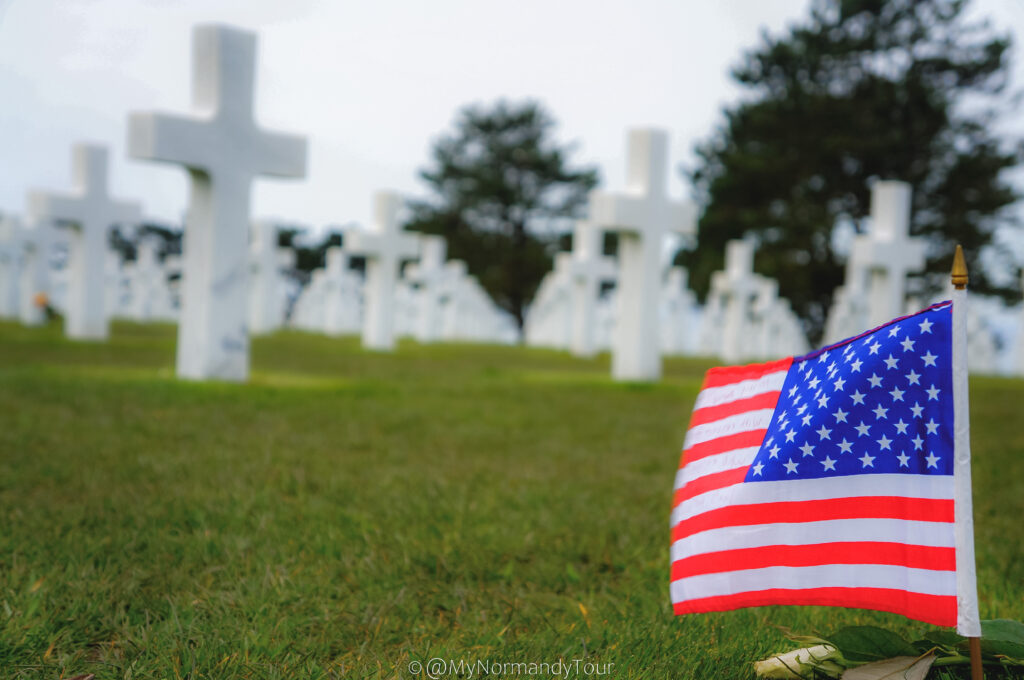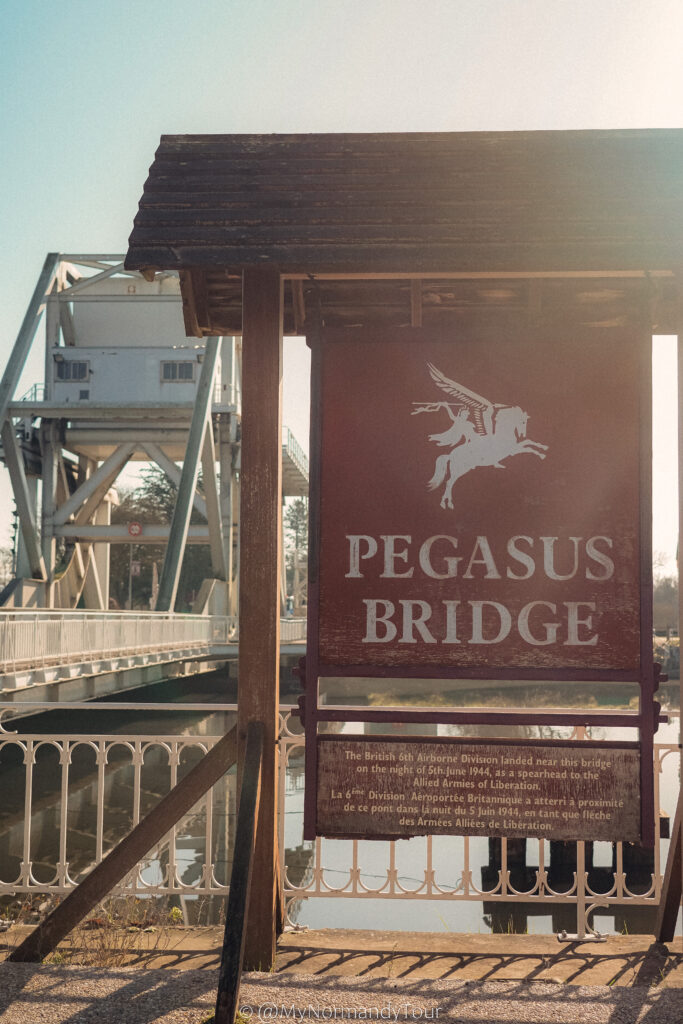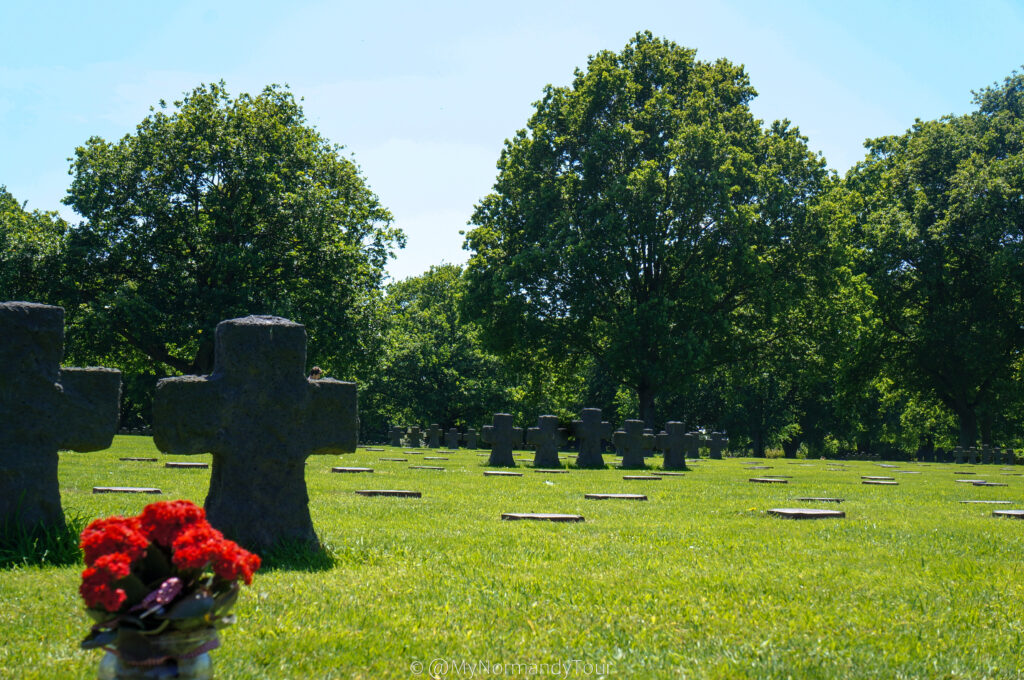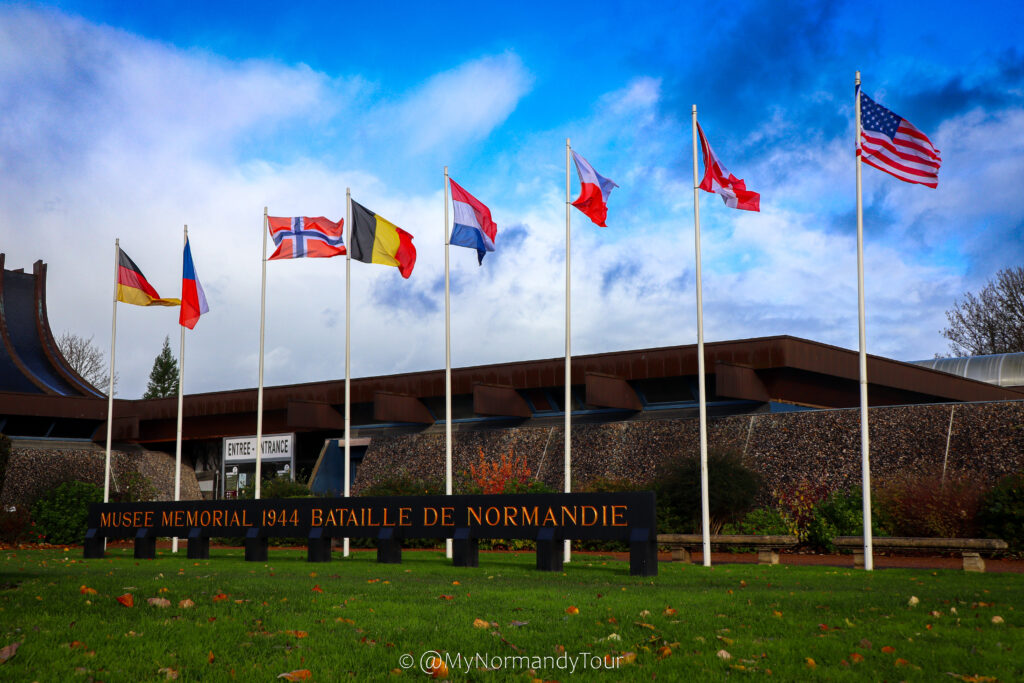The D-Day landings of June 6, 1944, marked a turning point in World War II, initiating the liberation of France and Europe along the shores of Normandy.
Eighty years later, this region remains a place where the past meets the present—a land where history shaped the world we know today.
Normandy has become a key destination for remembrance tourism, drawing visitors from around the globe who come to honor those who fought for peace.
With 94 historical sites, 44 museums, 21 memorials, protected natural areas, and 29 military cemeteries, memory tourism is a major aspect of the region’s appeal—offering more than just the iconic beaches.
1. Caen Memorial Museum: Historical Context
Located in the city of Caen, this museum is one of the most comprehensive World War II museums in Europe. Rather than focusing solely on D-Day, the Caen Memorial explores the lead-up to the war, the global conflict itself, and its aftermath.
Through authentic artifacts, documents, and veteran testimonies, visitors are immersed in the broader historical narrative.
2. Colleville-sur-Mer American Cemetery: Reflection and Honor
Few places are as evocative as the Normandy American Cemetery in Colleville-sur-Mer. With over 9,300 white headstones aligned on immaculate lawns overlooking Omaha Beach, the site inspires deep reverence and remembrance.
The visitor center offers an interactive experience, telling the personal stories of soldiers who never returned home.
3. Pegasus Bridge: The First Step Toward Liberation
Seized in the early hours of June 6, 1944, Pegasus Bridge was among the first strategic objectives secured by British paratroopers.
Capturing it was crucial to the success of the Allied landings. Today, a museum near the original site explains the mission in detail and showcases equipment used during the operation.
4. Arromanches-les-Bains and the Mulberry Harbor
Unlike other landing beaches, Arromanches played a vital logistical role. Here, the Allies built a temporary artificial harbor—Mulberry Harbor—to ensure a steady flow of supplies.
Remnants of this engineering feat can still be seen at sea.
The local Landing Museum features scale models and archival footage documenting this innovative operation.
5. La Cambe German War Cemetery: A Different Perspective
While most visitors focus on Allied cemeteries, the German Military Cemetery at La Cambe offers a sobering counterpoint. Inaugurated in 1961, it contains the remains of over 21,000 German soldiers, many just 18 to 20 years old, who died between June 6 and August 20, 1944.
The layout is austere: basalt crosses in precise rows and a central mound crowned by a stone cross. La Cambe prompts important reflection on how we remember soldiers from the defeated side—a topic still sensitive for many. Yet, the site plays a key role in historical reconciliation.
Here, tribute is paid not only to the fallen—including nearly 2,000 members of the Waffen-SS—but to the broader effort to understand war in all its complexity.
Surrounded by fields and far from city centers, La Cambe exudes a quiet solemnity.
Free from grandeur or triumphalism, it invites contemplation—reminding us that the duty of remembrance transcends borders and ideologies, and remains essential to peace.
6. Battle of Normandy Museum in Bayeux
Bayeux, the first town liberated after D-Day, hosts a museum entirely dedicated to the Battle of Normandy.
Its collection includes tanks, uniforms, photographs, and a detailed military timeline. Across from the museum stands the Bayeux British Military Cemetery.
Bayeux British Military Cemetery
This large cemetery faces a memorial wall listing the names of soldiers whose bodies were never found. The site is deeply moving—especially when reading the ages on the gravestones.
As in all British cemeteries, its solemnity is softened by beautifully maintained flower beds, adding a sense of serenity to the sorrow.
7. Sainte-Mère-Église : The Paratrooper on the Church Tower
On the night of June 5, 1944, Sainte-Mère-Église entered the pages of history
As locals tried to extinguish a fire near the church, American paratroopers began landing around 1 a.m. The village was a strategic objective for the Allies.
One of the most memorable events was the story of John Steele, whose parachute became caught on the church steeple. Suspended above the square, he witnessed the battle unfold below. Surviving the ordeal, Steele became a lasting symbol of resilience and determination.
The Airborne Museum, located opposite the bell tower where Steele was stranded, offers an immersive experience.
Visitors can relive D-Day alongside the 82nd and 101st Airborne divisions, from preparations in England to the fierce combat that led to liberation.
Through state-of-the-art exhibits, the museum provides a powerful journey through one of the most critical moments in modern history.
Normandy is best known for its D-Day beaches, but the region holds a much broader network of sites tied to World War II.
Museums, memorials, and cemeteries present the war through multiple lenses—illustrating how the conflict shaped not just the history, but also the landscape and identity of Normandy.
Each site plays a vital role in preserving collective memory, ensuring that the sacrifices made—and the lessons learned—are never forgotten.

